INDIAN ARMED FORCES CHIEFS ON OUR RELENTLESS AND FOCUSED PUBLISHING EFFORTS

The insightful articles, inspiring narrations and analytical perspectives presented by the Editorial Team, establish an alluring connect with the reader. My compliments and best wishes to SP Guide Publications.

"Over the past 60 years, the growth of SP Guide Publications has mirrored the rising stature of Indian Navy. Its well-researched and informative magazines on Defence and Aerospace sector have served to shape an educated opinion of our military personnel, policy makers and the public alike. I wish SP's Publication team continued success, fair winds and following seas in all future endeavour!"

Since, its inception in 1964, SP Guide Publications has consistently demonstrated commitment to high-quality journalism in the aerospace and defence sectors, earning a well-deserved reputation as Asia's largest media house in this domain. I wish SP Guide Publications continued success in its pursuit of excellence.
PLA's Fifth Force – Near-Space Command
China's global powerplay has reached the Stratosphere with the creation of a 'Near-Space Command', equipped with Hypersonic weapons
 |
The Author is Former Director General of Information Systems and A Special Forces Veteran, Indian Army |
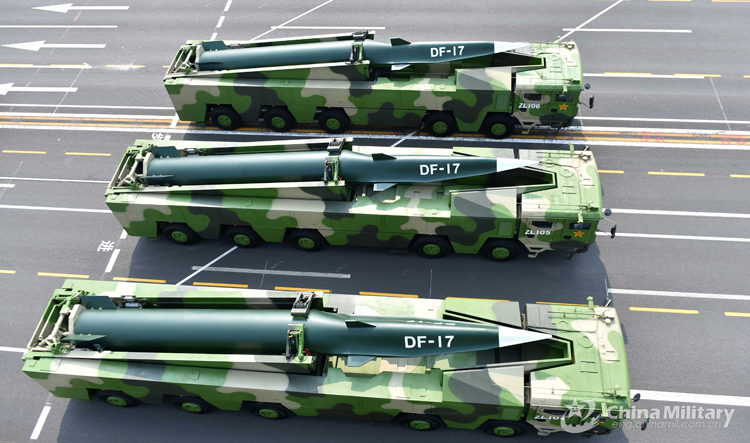
China has reportedly built the world's first 'Near-Space Command' equipped with deadly hypersonic weapons according to the South China Morning Post (SCMP) dated November 20, 2023, the People's Liberation Army's (PLAs) "Fifth Force", in addition to the Army, Navy, Air Force and the Rocket Force. The space command will operate in a 'near-space' area, which starts at an altitude of about 20 km (12 miles) and reaches the lower boundary of space at 100 km from Earth.
China's groundbreaking Near-Space Command, wielding deadly hypersonic weapons, will reshape the future of global military strategy
The SCMP report cited researchers of China's National University of Defence Technology to say:
- establishment of relevant units is not yet mature and combat operations have not been standardised;
- understanding of the new combat command needs to be deepened;
- necessary to fix hierarchy, command and control, selection, executive orders and support for command communication.
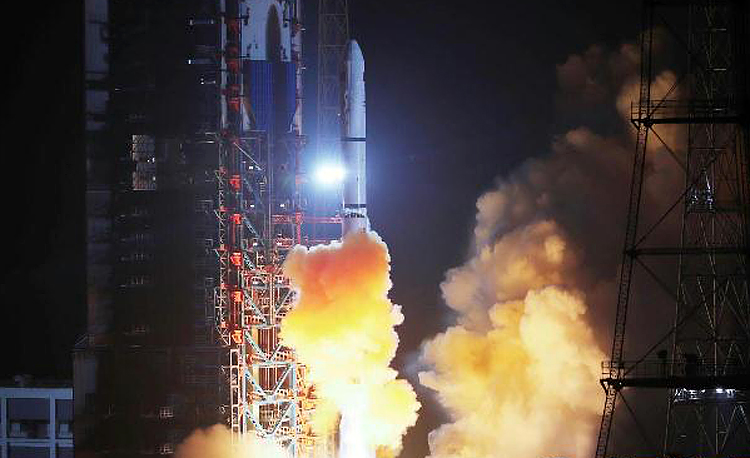
A paper submitted to the 11th China Command and Control Conference in October 2023 says near-space, a hotly contested zone, could "determine outcome of future battles". China's near-space command will be equipped with modern hypersonic missiles to carry out "merciless" attacks on critical enemy targets, as also high-altitude surveillance globally using automated solar-powered drones and spy balloons.
According to Chinese researchers, success of the near-space command would largely depend on innovative strategies and combat tactics based on analysis of the enemy's weakness. In war, this command will also control hypersonic weapons possessed by other PLA forces. The near-space command enables China to hit any target on the Earth at unstoppable speed but might attract hostility and scrutiny from major international players like the US, EU, India and even Russia; since spy balloons would undertake special operations over territories of other nations or sensitive areas.
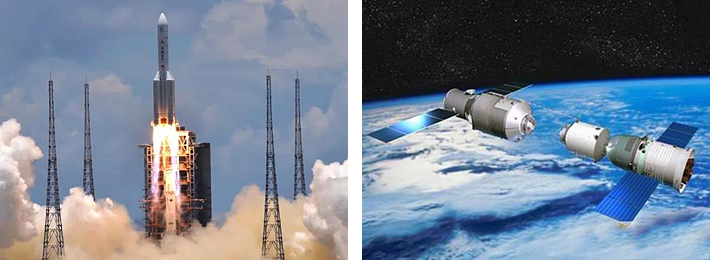
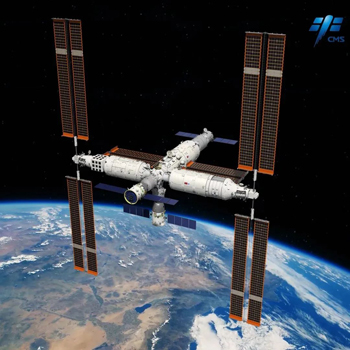
The paper says that the space command will first destroy enemy rocket launch sites, which can fire at China's civilian or military satellite networks. Early loss of critical infrastructure would severely affect enemy war ability and willingness to fight and this could change the pace of battle impacting how war would end. Given enough resources, the new space command is prepared for the most complex, difficult situations that can occur during war, with a wide range of backup plans.
China's space programme began in the 1950s with development of its first ballistic missiles and rocket programmes. China launched its first satellite, Dong Fang Hong-1, in April 1970 aboard a Long March 1 rocket, making it the fifth nation to place a satellite in orbit. China's Long March rockets have carried out almost all of the country's space launches.
China's Near-Space Command will control hypersonic weapons across all PLA forces, enabling the nation to strike any target on Earth at unstoppable speeds and potentially altering the course of warfare
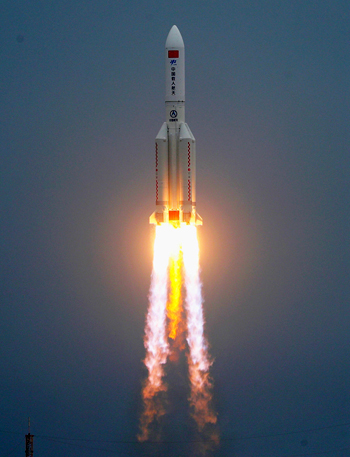
China has one of the most active space programmes in the world; launch capability by the Long March rockets and four spaceports at Jiuquan, Taiyuan, Xichang and Wenchang. China's satellite fleet includes a large number of communications, navigation, remote sensing and scientific research satellites. China is one of the three countries, alongside the US and Russia, having independent human spaceflight capability. The scope of its space activities has expanded from Low Earth Orbit to the Moon and Mars.
In 2018, Chinese researchers proposed a deep space exploration roadmap to explore Mars, an Asteroid, Jupiter, and further targets, within the 2020–2030 timeframe. In June 2021, Chinese officials confirmed continuation of plans for a geostationary solar power station by 2050, which will require over 10,000 tonnes of infrastructure, delivered by over 100 Long March 9 launches.
Most of China's space activities are managed by the China National Space Administration (CNSA) and the PLA's Strategic Support Force (SSF), which directs the astronaut corps and the Chinese Deep Space Network. Major programmes include China's Manned Space Program, BeiDou Navigation Satellite System, Chinese Lunar Exploration Program, Gaofen Observation and Planetary Exploration of China. In recent years, China has conducted several missions, including Chang'e-3, Chang'e-4, Chang'e-5, Tianwen-1 and the Tiangong space station. Indigenous news reports of November 22, 2023, revealed that on September 27, 2023 the US tracked a secret test firing of a Chinese space launcher from a site in Aksai Chin in China Occupied Tibet (COT).
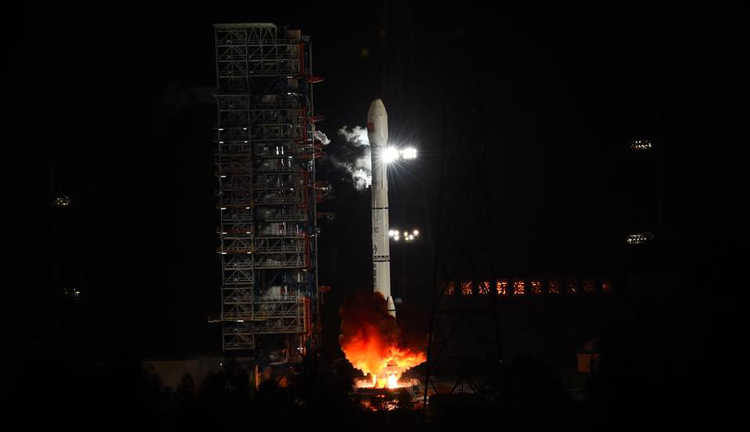
India has had an intelligence sharing agreement with the US since long but America did NOT share any information with India in 2020 that Chinese motorised divisions undertaking exercises in Aksai Chin were headed towards eastern Ladakh to invade India; which the US was surely monitoring. In fact, when US Defence Secretary Lloyd Austin visited India in 2021, he told the media, "We never knew India and China were so close to war." This would have come under severe criticism at the higher levels, which was possibly conveyed to the US.
Hence, in December 2022 the US for the first time provided real-time details to India of the Chinese positions and force strength in advance of a PLA incursion in Arunachal Pradesh, which helped the Indian Army to block the PLA and push them back. The Indian Army has also scaled up border tech surveillance to avert any such Chinese adventure using sensors, surveillance cameras, satellite imagery and drone technology.
In Aksai Chin, China has ramped up construction of reinforced personnel bunkers and underground facilities at a location about 70 km from the Line of Actual Control (LAC), according to an analysis of satellite imagery provided by the US-based Maxar Technologies. Shortwave infrared (IR) imagery from Maxar's WorldView-3 satellite can see through smoke to pinpoint active fire lines for first responders. Satellite imagery of August 18, 2023 by Maxar Technologies, clearly shows the evolving Chinese posture in Aksai Chin, including development of the underground facilities.
China's Near-Space capabilities may attract potential hostilities and scrutiny from major players such as the US, EU, India, and Russia, as the command's reach extends to high-altitude surveillance globally
As for the recent sighting of a UFO in Manipur above Imphal airport, it obviously was part of a Chinese surveillance operation. Two Rafale aircraft were dispatched to investigate the same. It could have been a Chinese spy balloon or an autonomous drone from China's near-space command. Such activities are not new. Chinese spy balloons have been overflying India earlier also. As early as in 1998, a strange phenomenon was happening in the Siachen Glacier area. A brightly shining flying object would appear atop the northern part of the Saltoro Range every night, not very high above the ground. At times it would remain stationary for 15-20 minutes at one point before disappearing. DRDO investigation teams were brought in to observe the phenomenon but no definite conclusion could be drawn.
India needs to acknowledge capabilities of the Chinese space command, including unleashing hypersonic weapons as prelude to an offensive. Our Integrated Rocket Force (IRF) being established should similarly plan to take out enemy missile and rocket launching facilities, including China's space launch facility in Aksai Chin, from the word go. We must also be prepared for increased Chinese surveillance activities.





